Tokyo Stopover: What to See and Do for a Day in the Capital of Japan
In this destination guide, we will show you an example itinerary of what to see and do in Tokyo, Japan during a one-day stopover.
First time in Tokyo
After a great flight in Japan Airlines’ business class and a remarkably easy journey by public transport to my capsule hotel for the night, it was time to explore Tokyo.
As I already found out during the train ride from Narita Airport to my hotel in Shinjuku, Tokyo can be quite an overwhelming city for travellers who are new to Japan.
Not only is Japanese culture so different and unique, it is also a highly developed country with a highly modern infrastructure. Although it makes getting around the city a breeze, it can be quite overwhelming for first-timers considering the Greater Tokyo metropolitan area consists out of a population of around 40 million people.
Planning an itinerary
I would therefore highly recommend not to pack in too many sights and activities if it is your first time in the city and/or if you are limited in time.
If you crisscross around town from sight to sight, you won’t have time to absorb the unique vibe and culture – which should be the main focal point of any visit to Japan. Trust me on this really, as chances are big that you are left with a great impression of the city and that one day you will return to see more of Tokyo and the rest of Japan.
Select two or three main sights or activities depending on your personal preferences (museums, shopping, history, culture, food – you name it) and just explore around. If you end up having more time left, you can always add something last-minute to your trip, but at least you will not feel rushed.
In my case, I decided on visiting the following sights: The Meiji shrine for Japanese culture and history, the Akihabara neighbourhood for its manga and anime subculture, the observation platform on Mori Tower for unparalleled views over the Tokyo skyline, and finally the Shinjuki nightlife and entertainment district of Kabukicho at night.



Meiji shrine
My first stop of the day was the Meiji Jingu, a Shinto shrine dedicated to Emperor Meiji and his wife, Empress Shoken. Emperor Meiji played a huge role in Japanese history marking the restoration of a single united Empire and oversaw rapid modernisation and industrialisation of the country. When he died in 1912, parliament ordered a shrine to be built in Tokyo in his honour.
The shrine is located in the trendy Shibuya ward, a major commercial centre, and can be best accessed by taking a train to Harajuku railway or metro station.
The unique location of the shrine becomes immediately clear once you exit the station. The Meiji Shrine is located in a lovely landscaped forest smack bang in the middle of Tokyo.
After a nice stroll over a pedestrianised gravel road you reach the main shrine. The shrine is not only a beautiful sight to see, it is also highly interesting to watch the special Shinto prayers. This for example also includes worshippers writing their prayers or wishes on special wooden plaques called ‘Ema’, which are then hung at the shrine.







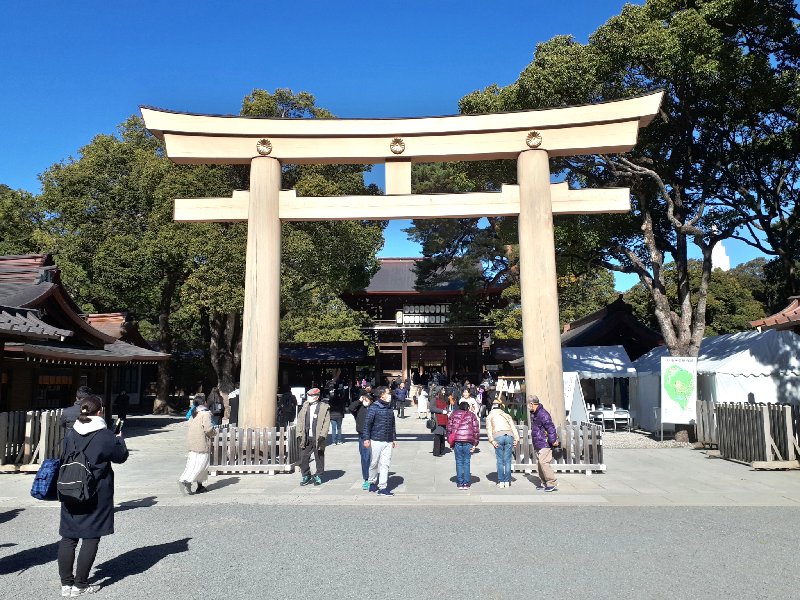

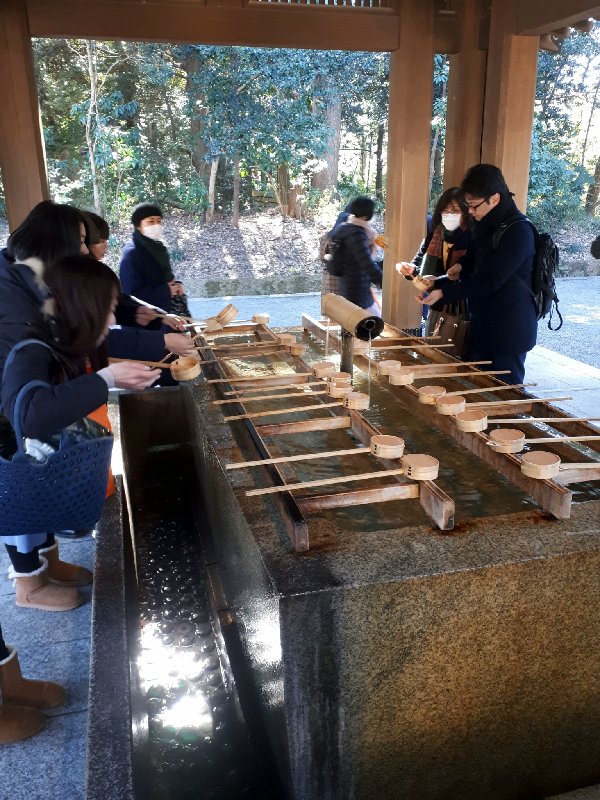
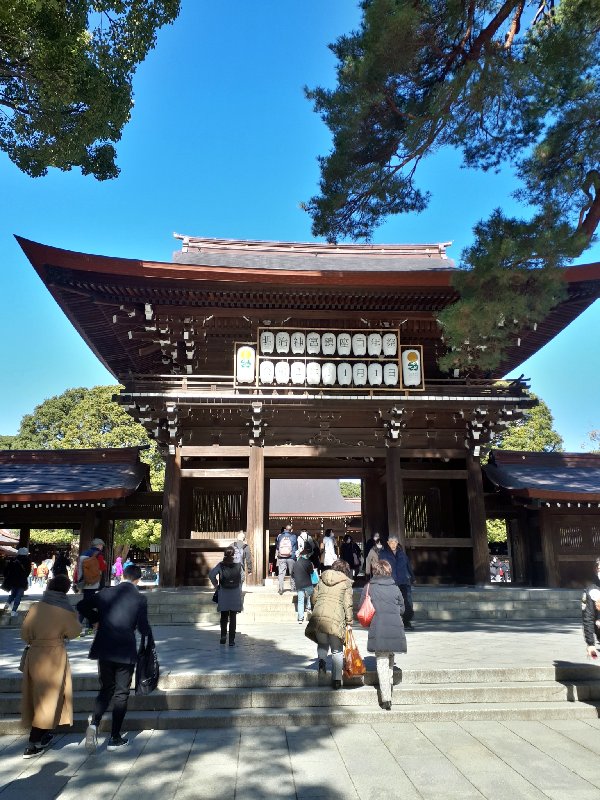



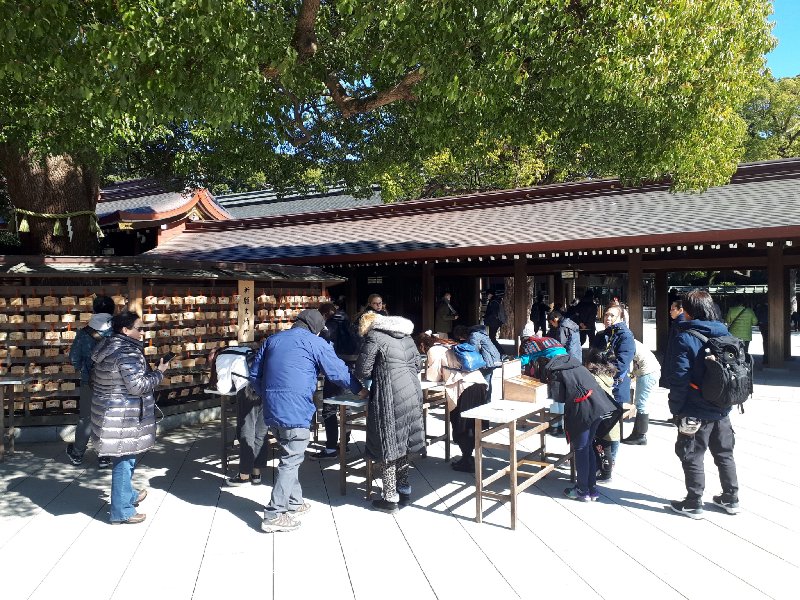
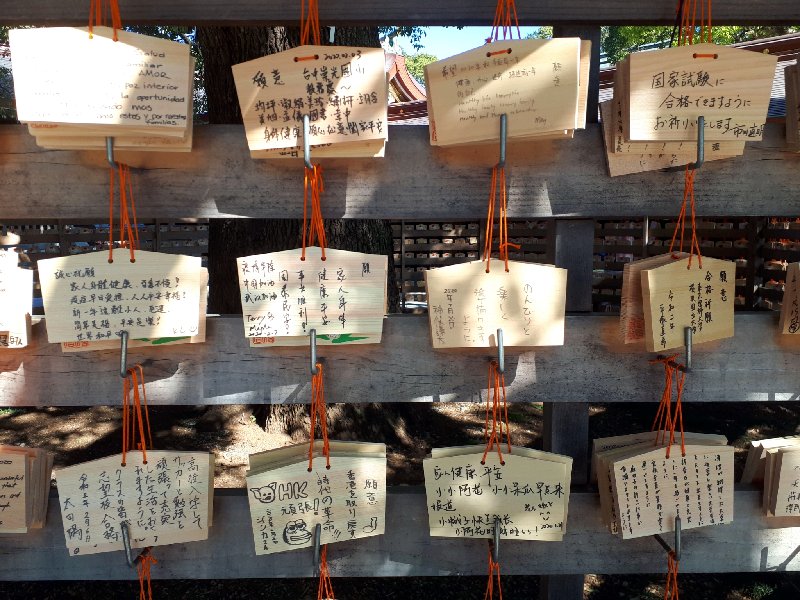
Mori Tower
One of the best spots to admire the impressive Tokyo skyline is Mori Tower. Located in the Roppongi Hills district, the 238 meters (781 ft) high Mori Tower is Tokyo’s sixth tallest building.
What makes the views from the 52nd floor observatory deck so impressive are the unobstructed views to all sides. Seeing skyscrapers and buildings as far as the eye can see makes you realise just how big Greater Tokyo is.
You can easily spot such landmarks as the Tokyo Tower and on a clear day you can even see as far as Mount Fuji some 80 miles (130 kilometres) away. On this beautiful winter day, I was lucky enough to have such a view!
The observatory also includes a small exhibition about the Japanese Railways, which was quite interesting.
And adult ticket to the indoor observatory deck currently costs 1,800 Yen (around 15 euro) and includes entrance to the Mori Art Museum located in the same tower. To access the open-air Sky Deck two floors up on the 54th floor rooftop, you have to pay an additional 500 JPY (4.3 EUR).
All pictures below were made from the indoor observatory deck as I didn’t bother buying the additional ticket to go two more floors up, even though the views from the outdoor platform should be a bit better having no glass in front of you.



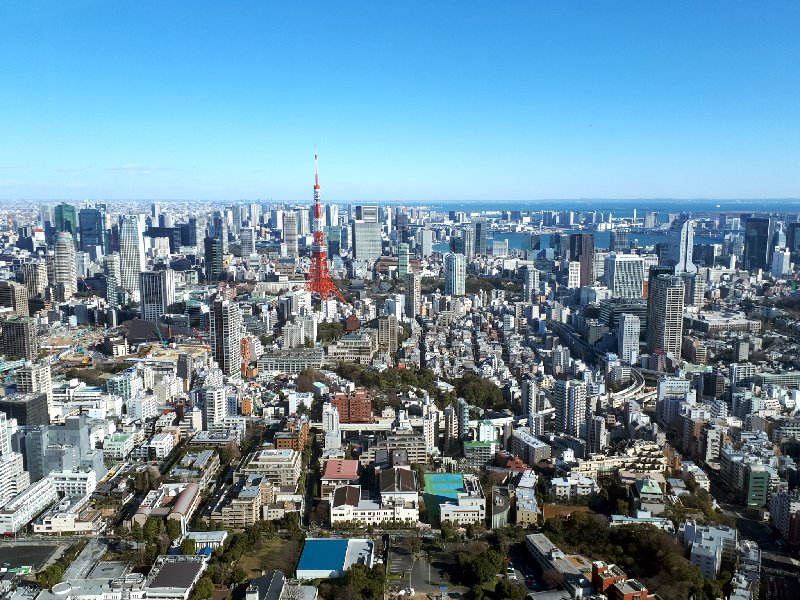
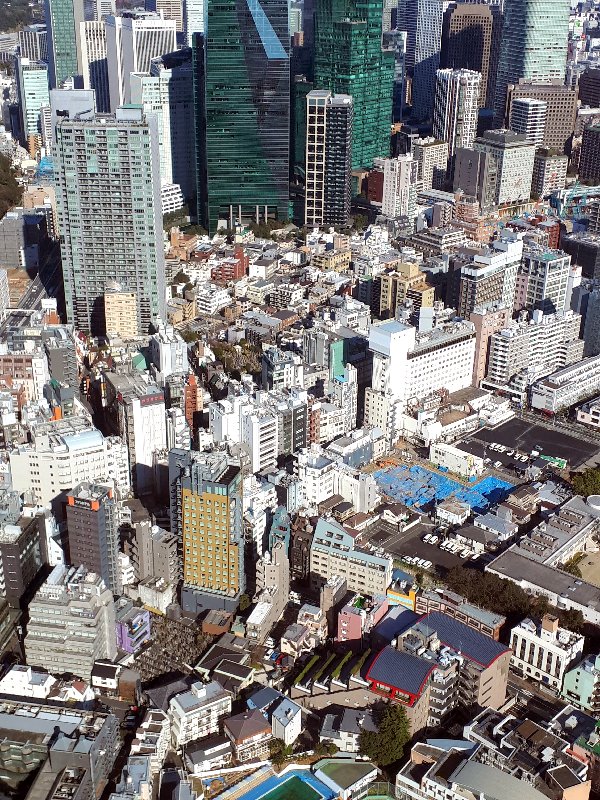
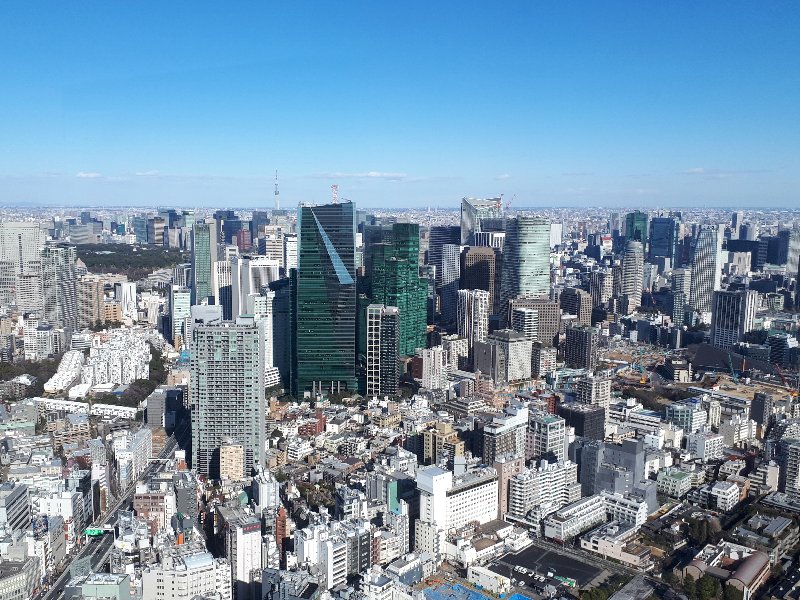
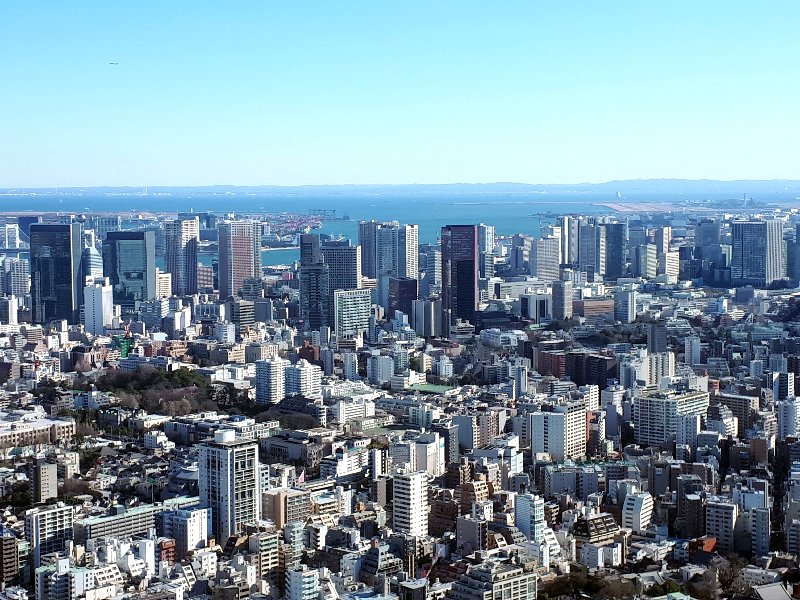


Akihabara
On my Tokyo stopover I also decided to visit Akihabara, an area in Tokyo’s Chiyoda Ward around Akihabara railway station. This area is famous for its thousands of electronic shops such as the huge Yodobashi Akiba electronics department store, which is the largest of them all.
Most of all, Akihabara is famous for its anime and manga culture. There are numerous arcades, comics shops and all kinds of bizarre cosplay restaurants such as maid cafes in which waitresses are dressed up in sexy maid costumes.
Unfortunately, the amount of people dressed up in crazy outfits was much lower than I expected. Frankly, I thought the area looked quite deserted when I visited, so perhaps I was just unlucky to have hit the area at an unusually quiet day! That said, the neighbourhood still made for some nice sightseeing and great photography.
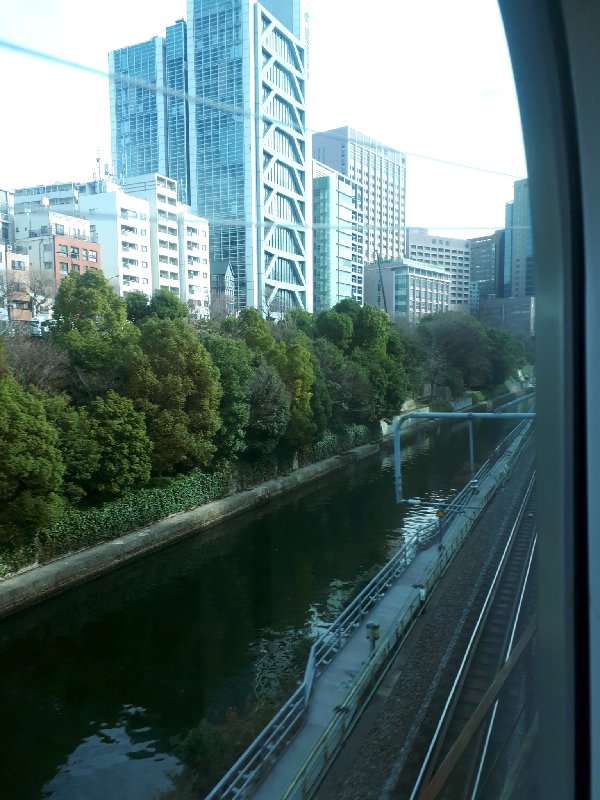

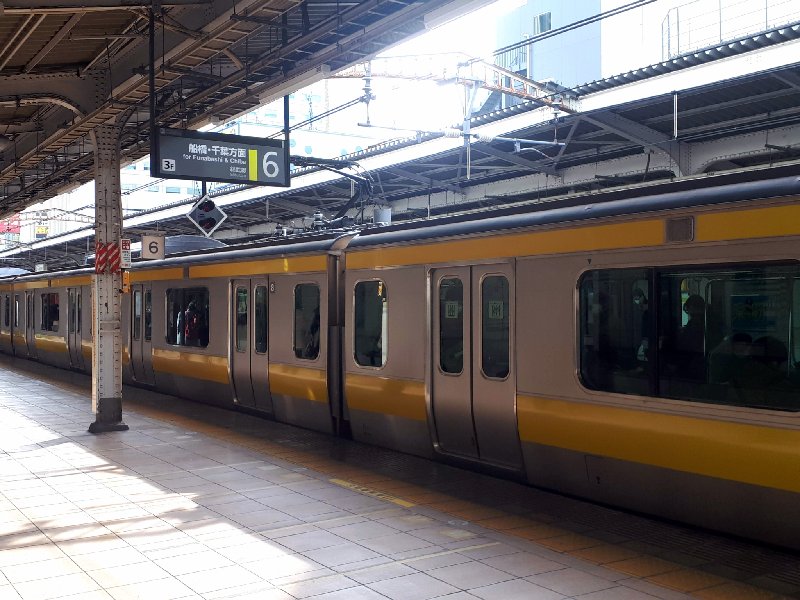



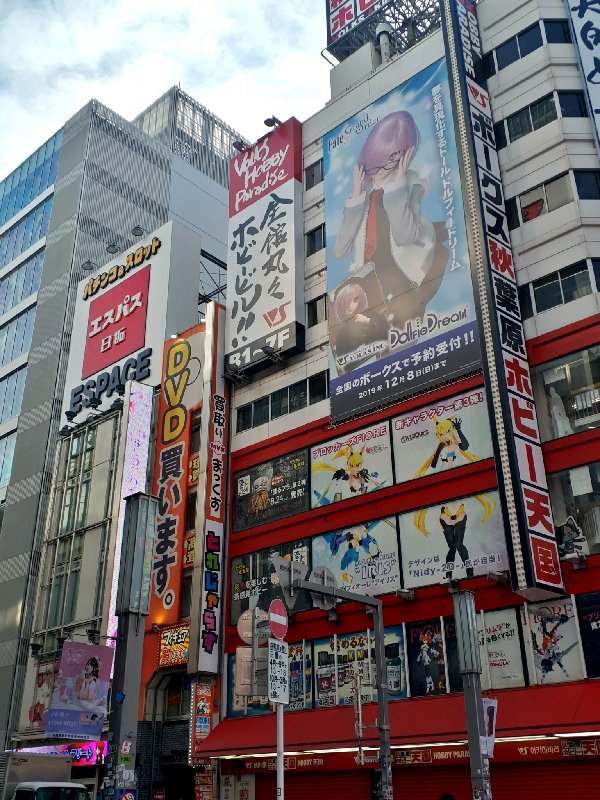






Sushi
In the evening, I headed back to my capsule hotel in the northern half of Shinjuku. After a brief late afternoon nap I first decided to get some food. Although Japanese food culture is so much more than just sushi, I decided to stick with a random sushi restaurant I passed along for an early dinner.
As expected, the suhsi was fresh and service efficient and polite. A set sushi menu and a glass of beer was about 14 EUR.


Kabukicho
After my meal it was time to explore Shinjuku. This Tokyo ward is a major commercial centre, although it is best known for its entertainment district of Kabukicho.
There are thousands of shops, restaurants, pubs and clubs in Kabukicho, as well as more shady kinds of entertainment in its red-light zone. Needless to say, this area also has a bad reputation for crime as many of these establishments are controlled by the infamous yakuza, the organised Japanese crime syndicates.
However, if you stay clear of anything illegal you are unlikely to get into problems with the mob and the area is extremely safe to walk through at night.
Kabukicho is known under the nickname of sleepless town as the area is full of people and activity each night of the week. Even if you don’t go out for a meal or beer, this is an especially picturesque area of Tokyo at night with all the bright city lights.
The neon signs and masses of people make for an unique vibe and it is well-worth it to randomly follow the crowds and wander around the area.
Many of the restaurants and bars are located high up in one of the tower blocks, so watch the neon signs and all other forms of advertisement closely to which floor you have to go to if you find something you fancy!

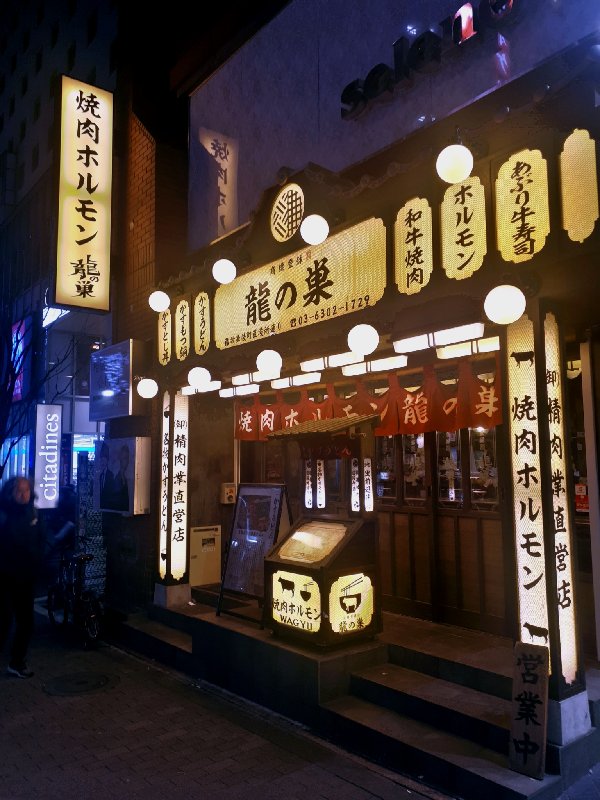

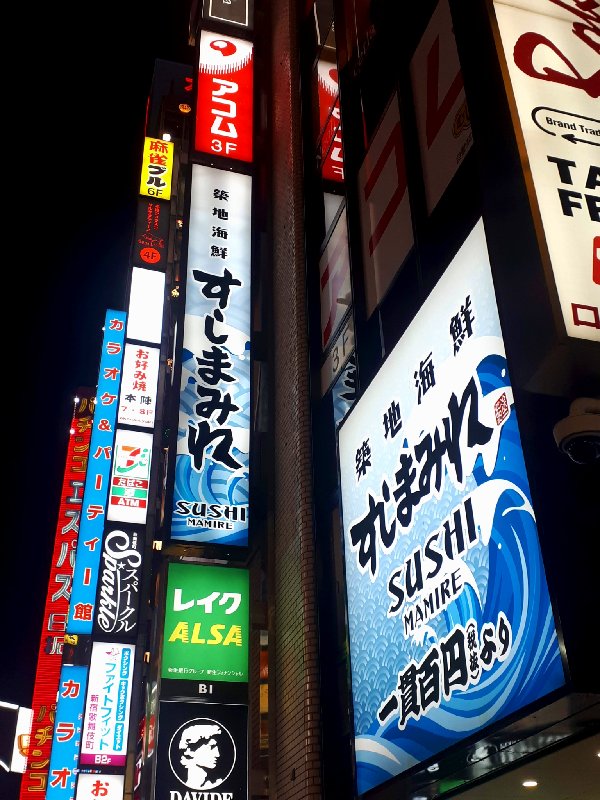

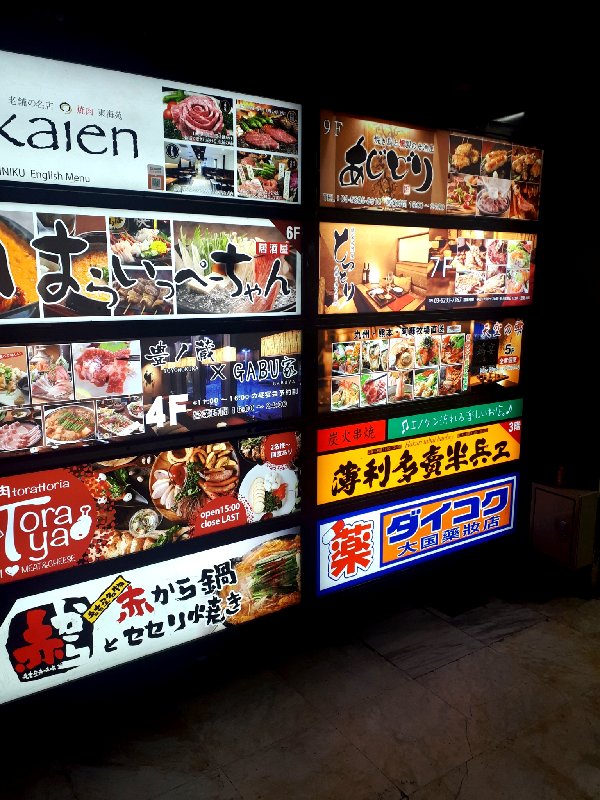

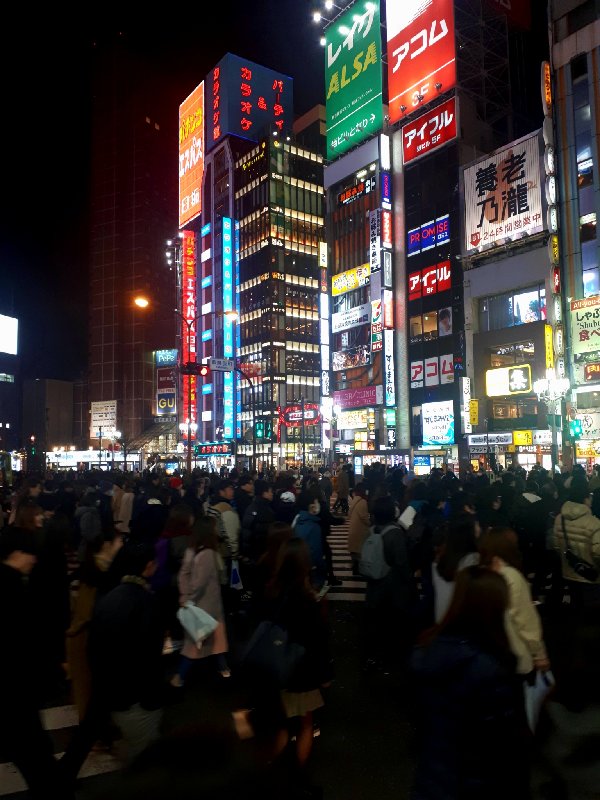
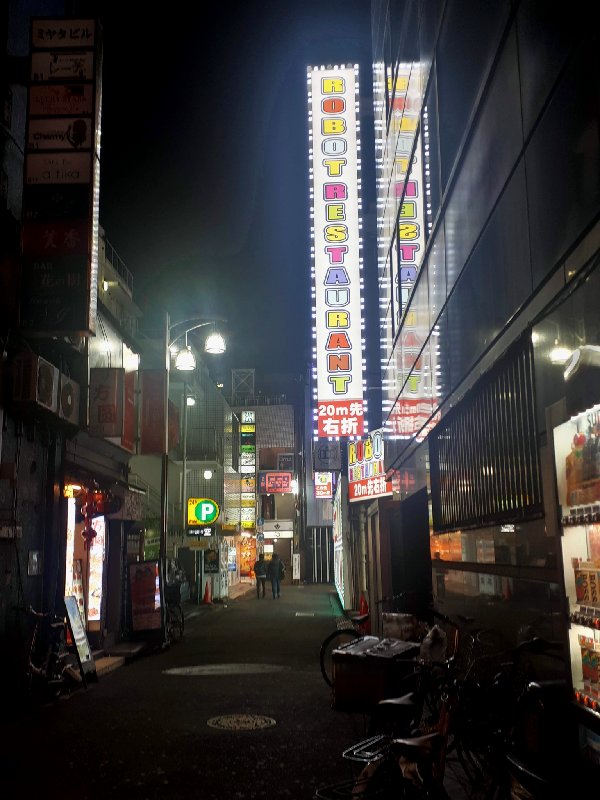
Getting around
A short last word about getting around Tokyo. Although it certainly seemed daunting to me when I arrived at Narita Airport and it took me a short while to grasp the system, it is actually extremely easy to get around Tokyo using public transport.
The commuter train and metro network is vast and services are frequent – you really never wait more than two or three minutes. It being Japan, it all runs like clockwork.
I found the directions feature in Google Maps extremely useful to plan journeys. Just enter your starting point and the place you want to go to, click on the public transport button, and you will see the fastest options. Both transport departure times and quoted prices of the journey are highly accurate.
If you know to which station you need to go, it is extremely easy to use the Japanese ticket machines to buy a ticket to your destination.
In short
Tokyo is one of the world’s most evocative cities which is well worth to visit even if you only have a day to see around. Sure, even a full week in the city will probably not be enough to explore all that this megacity of around 40 million inhabitants has to offer, but you can definitely get some great first glimpses on a short Tokyo stopover.
I had such a great amount of fun during my Tokyo stopover that I really want to come back to Japan to see more of the country. Even though I only had around 24 hours in the city, I still managed to get a bit of history at the Meiji shrine, admire the sweeping views over the Tokyo skyline from the observation deck at Mori Tower and get a glimpse of modern-day Japanese culture in Akihabara and Kabukicho.
Tokyo is a modern city with a great public transport network, making it extremely easy to hop across town. After the initial culture shock upon arriving I managed to get a grasp of the system real quick, so exploring this city is not as daunting as it might seem like.
As a highly developed nation, Japan is similar to the countries in Europe and North America, but with its unique culture and customs it is at the same time oh so different. I cannot wait to come back and to see more of all the weird and wonderful sights Tokyo and Japan has to offer!
Trip report index
This article is part of the ‘Lazing in Laos and Gallivanting a Wee Bit Around Asia‘ trip report, which consists of the following chapters:
1. Review: Aegean Airlines Business Class Bucharest to Athens (Airbus A320)
2. Review: Goldair Handling Lounge (Non-Schengen) Athens Airport
3. Review: Saudia Business Class Athens to Jeddah (Airbus A320)
4. Review: Saudia Alfursan Lounge Jeddah Airport South Terminal
5. Review: Review: Saudia Business Class Jeddah to Kuala Lumpur (Boeing 787)
6. Review: CitizenM Hotel Kuala Lumpur Bukit Bintang
7. Kuala Lumpur in One Day: What to See and Do in 24 Hours
8. A Batu Caves Half Day Trip From Kuala Lumpur By Public Transport
9. Review: Plaza Premium Lounge Private Resting Suite Gateway KLIA2
10. Review: Air Asia Kuala Lumpur to Vientiane (Airbus A320)
11. Review: Hotel Khamvongsa, Vientiane, Laos
12. Destination Trip Report: A Day in Vientiane, Laos
13. Guide: Domestic Bus Travel in Laos and How to Book a Ticket
14. Review: Simon Riverside Hotel, Vang Vieng, Laos
15. Trip Report: Vang Vieng – Worth a Stop on Your Laos Itinerary?
16. Review: Villa Ban Phanluang, Luang Prabang, Laos
17. Luang Prabang: The Stunning Pearl of Indochina
18. Guide: Luang Prabang Morning, Food and Night Markets
19. Kuang Si Falls: A Gorgeous Luang Prabang Day Trip
20. Review: Thai Smile Economy Class Luang Prabang to Bangkok (Airbus A320)
21. Review: Ibis Styles Bangkok Sukhumvit 4
22. Review: Air France/KLM Business Lounge Bangkok Airport
23. Review: Garuda Indonesia Business Class Bangkok to Jakarta (Boeing 737-800)
24. Review: Sapphire Plaza Premium Lounge Terminal 3 Jakarta Airport
25. Review: Garuda Business Lounge Terminal 3 Jakarta Airport
26. Review: Review: Japan Airlines Business Class Jakarta to Tokyo Narita (Boeing 787-8)
27. Review: Capsule Hotel Transit Shinjuku, Tokyo, Japan
28. Tokyo Stopover: What to See and Do in the Capital of Japan for a Day (current chapter)
29. Review: ANA Business Lounge Tokyo Narita Airport
30. Review: United Club Tokyo Narita Airport
31. Review: Turkish Airlines Economy Class Tokyo Narita to Istanbul (Boeing 777)
32. Review: Turkish Airlines Miles&Smiles Lounge Istanbul Airport
33. Review: Turkish Airlines Economy Class Istanbul to Bucharest (Airbus A330)

